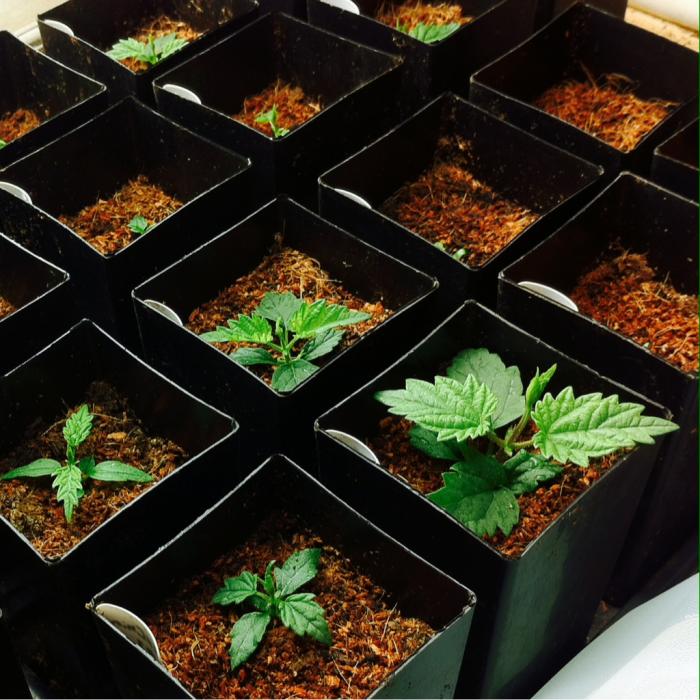Hi...
I live in South America in Ecuador. I know, I know, this is the wrong place to grow hops!! I work in a botanical garden and we are going to give it a shot, for better or worse.
Seeds have finally arrived. I plan on starting maybe 20 seeds and see how many sprout. After they grow a little bit, I will transfer them to something close to one gallon pots, then transfer then to our shade house, then to full sunlight.
I am not sure at what age I will be able to distinguish between male and female plants....
I have the impression that I need to give the seeds a bit of a cold snap - probably in my frig.
Can anyone suggest how to do this, and how long I should keep the seeds in the frig?
I hope to start some seeds around the 10th of Sep. of this year. We don't have winter here - it is warm and sunny during winter in N. America.
Thanks for any help and advice...
mraroid
I live in South America in Ecuador. I know, I know, this is the wrong place to grow hops!! I work in a botanical garden and we are going to give it a shot, for better or worse.
Seeds have finally arrived. I plan on starting maybe 20 seeds and see how many sprout. After they grow a little bit, I will transfer them to something close to one gallon pots, then transfer then to our shade house, then to full sunlight.
I am not sure at what age I will be able to distinguish between male and female plants....
I have the impression that I need to give the seeds a bit of a cold snap - probably in my frig.
Can anyone suggest how to do this, and how long I should keep the seeds in the frig?
I hope to start some seeds around the 10th of Sep. of this year. We don't have winter here - it is warm and sunny during winter in N. America.
Thanks for any help and advice...
mraroid




